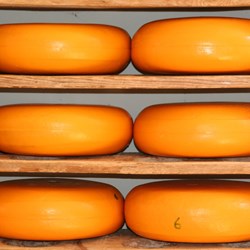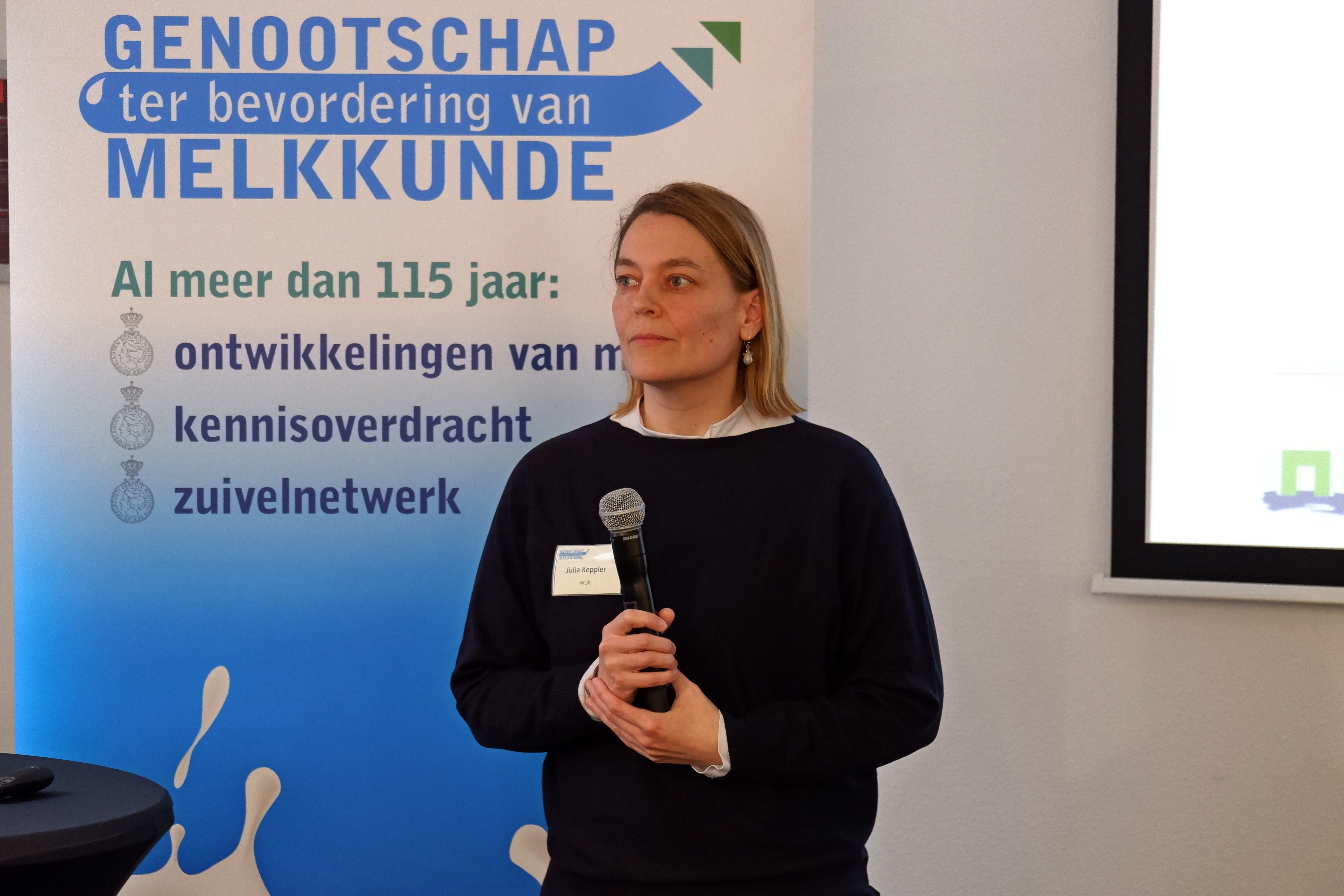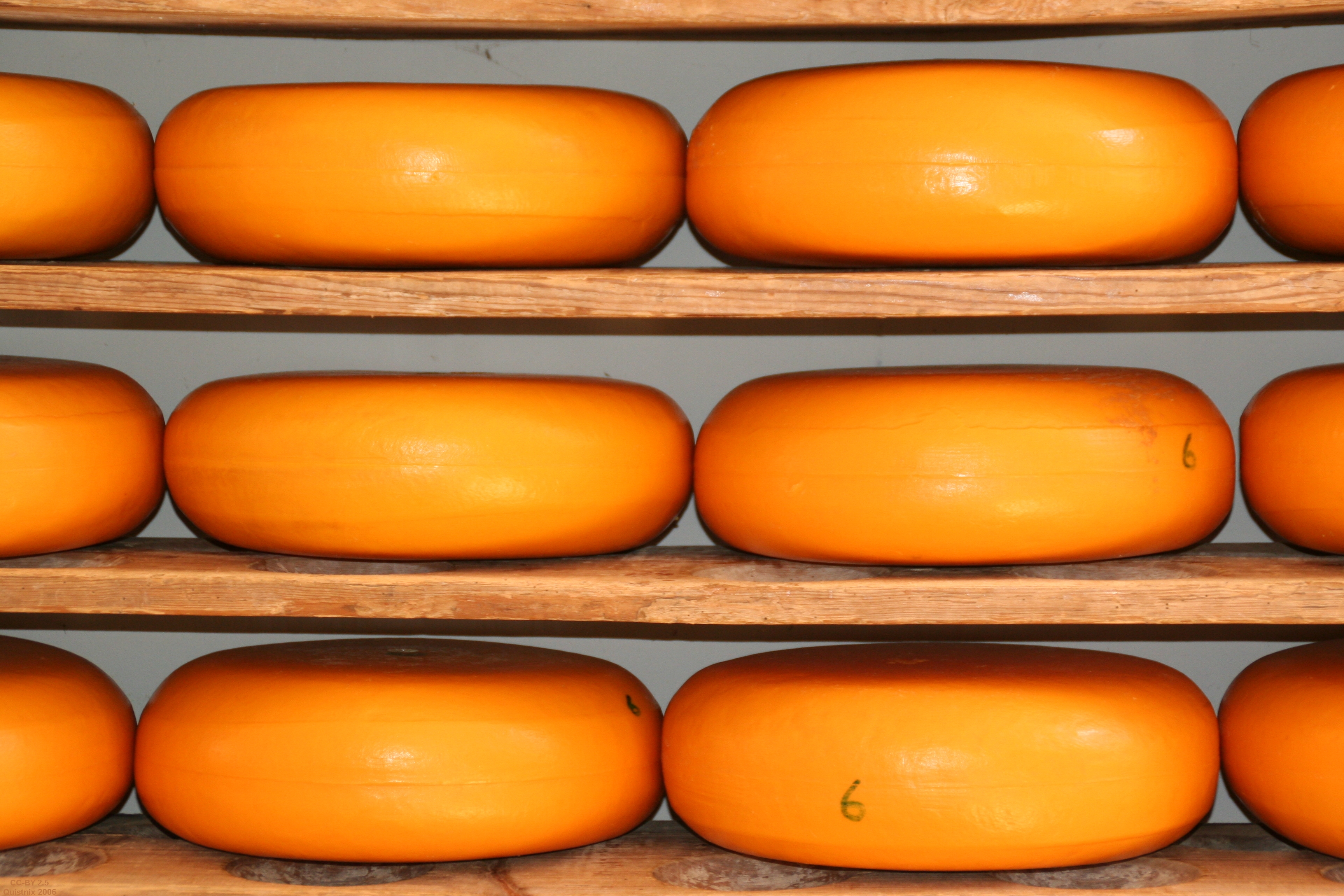


How can microorganisms be used to manufacture alternative (milk) proteins? This can be achieved in two ways, explained Julia Keppler of Wageningen University & Research at the spring congress of the Society for the Advancement of Dairy Science.
The first is the cellular method, in which animal stem cells are incubated to create a type of 'laboratory udder' that produces 'milk'. The other is the acellular method, in which (genetic) microorganisms in a bioreactor are used to convert substrates into new milk proteins”, explained Julia Keppler, Associate Professor of Functionality Driven Protein Processing at WUR. The latter method is also known as precision fermentation.

Stem Cells
As an example of protein produced by stem cells, Keppler referred to recombined β-lactoglobulin (the main whey protein in cows: editor). She compared its properties to the animal variant, through which several variants could be ascertained. The functionality of the variants was determined, and the structure was found to differ from that of cow-derived proteins and those from cells.
Physiochemical and Emulsifying Properties
The physio chemical and emulsifying properties of both types of β-lactoglobulin were also compared and found to be similar. The protein was subsequently purified from a solution containing various reaction products. An example of purification with polyphosphate was demonstrated. Mannans (polysaccharides that yield glucose and mannose on hydrolysis) were still present, but did not affect emulsion stability. This needs to be cost-efficient, but requires further investigation, Keppler noted.

Cheese
Keppler: “It is a matter of whether phosphate is necessary to achieve the structure and/or whether micelles are needed to make cheese. Fat is also needed, and it is a question of whether the isolated proteins are sustainable. A carbon source is needed to produce casein, and chromatography is required to separate the proteins from other reaction products. The process requires further optimisation to make it more sustainable than animal proteins." She believes that this method could offer consumers a choice between animal-produced proteins, plant-based proteins and proteins produced by microorganisms. “However, there is still work to be done in the areas of safety, EU legislation, sustainability and sensory properties", Keppler told us.

“It is always advisable to maintain a critical perspective on your own products and adjust them to contemporary needs where necessary”, emphasises Marijke Adriaens, CEO of frozen food company Fribona. “For consumers, taste is still the main consideration. It is essential to work towards a product that is, above all, tasty and visually appealing.”...

Scientists from KU Leuven have discovered how oil penetrates snacks during and after the frying process. Recent research findings point to advanced frying techniques that reduce oil absorption, as well as innovative methods to limit oil uptake during the cooling phase. This paves the way for the development of healthier snacks without compromising...

Food companies are increasingly targeting a wider range of consumer groups. Speaking at an event organised by Fenavian, Julian Mellentin of New Nutrition Business said this strategy offers significant opportunities to respond to the diverse health needs and interests of today’s consumers. “Consumers enjoy both animal and plant-based proteins”, he...

Backed by financial partners, Start it @KBC is launching the accelerator programme Scale it Agro, aimed at scale-ups offering sustainable and innovative agricultural solutions for agriculture and horticulture businesses. Kjell Clarysse, programme director at Scale it Agro, goes into more detail.